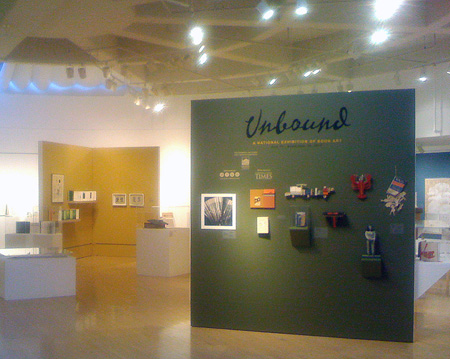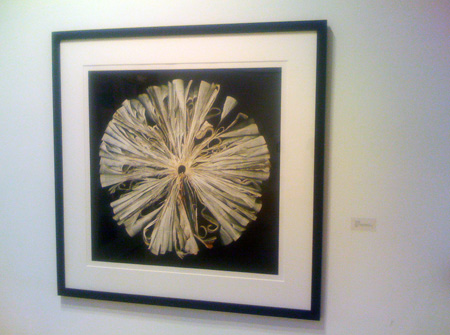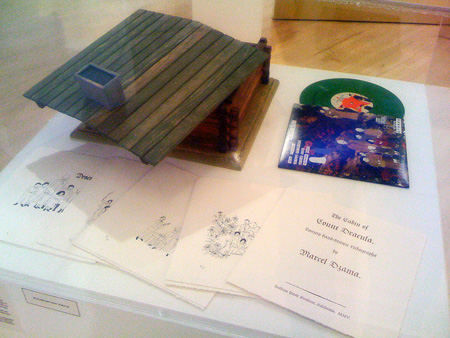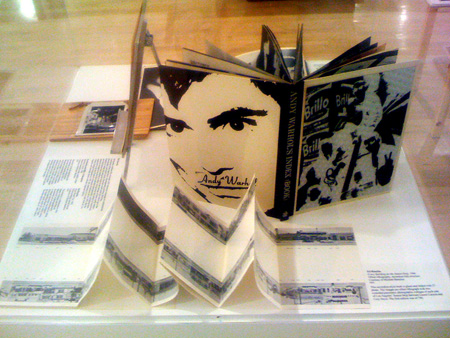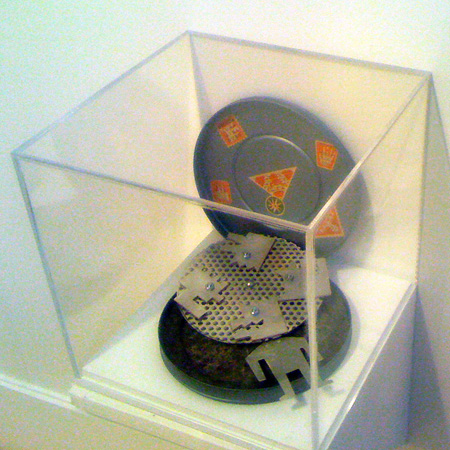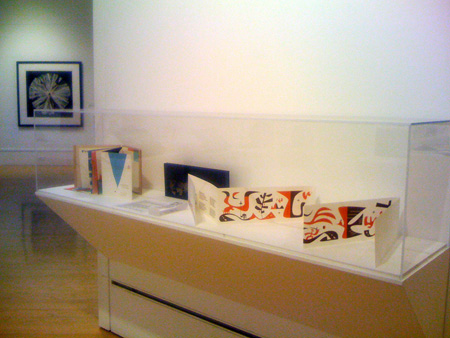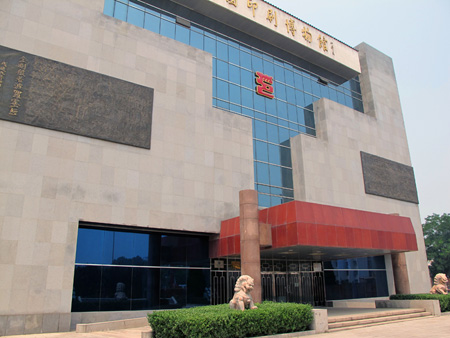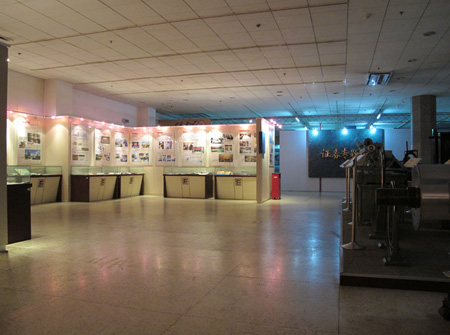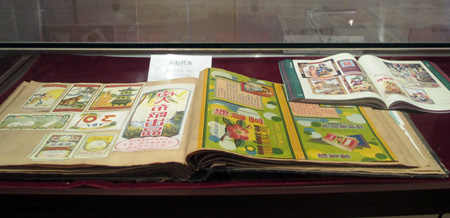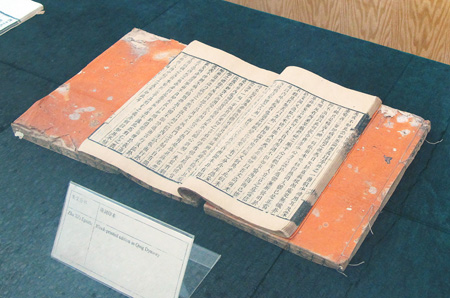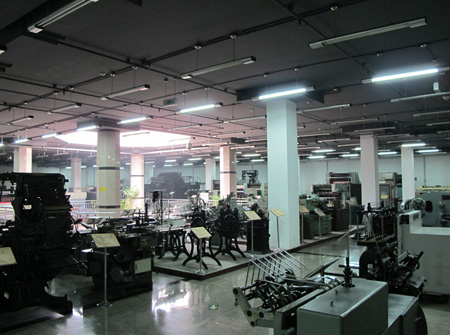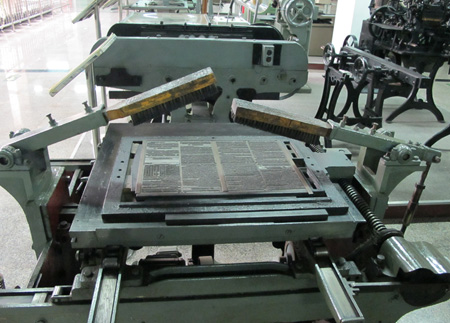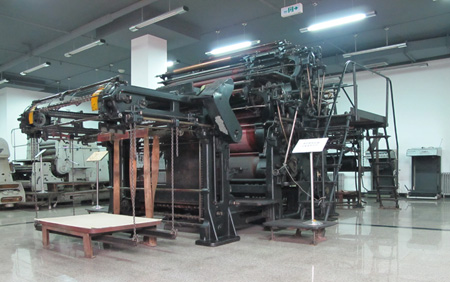Unbound: A National Exhibition of Book Art
September 29, 2010
The stats are in: Unbound: A National Exhibition of Book Art was the Bedford Gallery‘s best-attended show ever. I’m pleased to have had three artworks in this exhibition and that my team at the Imprint of the San Francisco Center for the Book was represented by editions we produced with artists Gail Wight, Nigel Poor, Emory Douglas, Ward Schumaker, Allison Weiner, Daniel González, John Hersey, John DeMerritt / Nora Pauwels, and Kay Ryan / Tucker Nichols.
The survey ran from July 11 through September 19 at the Bedford, part of the Lesher Center for the Arts in Walnut Creek CA. It celebrated the book as art form, featuring 65 book and visual artists from coast to coast across the U.S. and Canada. The works ranged from printed editions and one-of-a-kind books to artworks in diverse media that incorporate, reference, and alter existing books.
The wide variety of artists’ interpretations of the book offered a lot of surprises and intro-
duced me to a handful of new names. Cara Barer‘s work was particularly striking for its transformative and other-worldly nature. As she explains: “With the discarded books that
I have acquired, I am attempting to blur the line between objects, sculpture, and photo-
graphy.” I appreciated her disclaimer as well: “No important books have been injured during the making of any of these photographs.” Do click on the image above for a better look at her photograph.
Another intriguing piece was well-known artist Marcel Dzama‘s The Cabin of Count Dracula (2005), a suite of 20 lithographs in a custom hand-made cabin/box fashioned from logs and lined with faux beaver fur, casting Dzama’s hometown of Winnipeg as the vampire’s origin.
It was issued in an edition of only 10 sets which include a 9-inch colored vinyl EP by Dzama’s musical project Albatross Note.
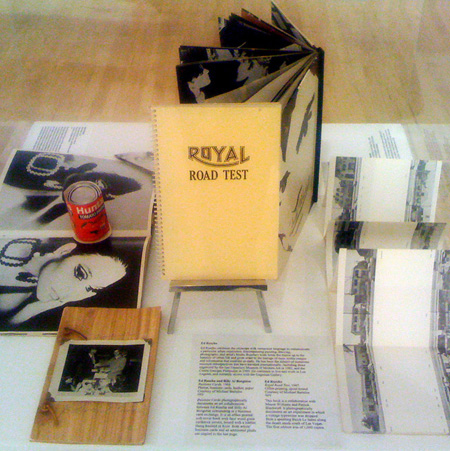
Left to right: Andy Warhol's Index Book; Business Cards, Royal Road Test, and Every Building on the Sunset Strip by Ed Ruscha
Books from the 1960s by Ed Ruscha and Andy Warhol provided historical perspective to the show. Three of Ruscha’s self-published editions were on display: Every Building on the Sunset Strip (1966), an accordion-fold structure of two extended panoramic photographic collages of each side of Los Angeles’ iconic boulevard; Royal Road Test (1967) which photographically documents an art experiment with Mason Williams and Patrick Blackwell in which a vintage typewriter is dropped from a speeding Buick Le Sabre along the desert sands south of Las Vegas; and Business Cards (1968) which photographically documents an art collaboration between Ed Ruscha and Billy Al Bengston, culminating in a business card exchange.
Also exhibited were softcover and hardcover formats of Andy Warhol’s Index Book, a 1967 interactive chronicle of The Factory. Both formats contain interviews with Warhol and other Factory personalities and include interior pop-ups, assorted folding elements and inserts, a melted balloon, and a Lou Reed 45 RPM picture flexi-disc with a Nico interview and music by the Velvet Underground. The hardcover version has a lenticular boards and the softcover has mylar covers.
My own editions in this show were Vishnu Crew Stews Vindaloo Anew, a sculptural book edition inspired by my travels in India; Vostok, which speculates on hidden micro-organisms in Antarctica’s subglacial Lake Vostok; and 29 Degrees North, an accordion-fold travelogue depicting six destinations along the earth’s 29th parallel. All three books are shown and described in greater detail in my website’s Books section.
Big thanks to curator Carrie Lederer for including me in this landmark book arts show, and congrats to her and chief preparator Erik Mortensen for its success and popularity.
